 Configure Keycloak SSO
Configure Keycloak SSO
Available on:
Set up Keycloak SSO to manage authentication for users.
In conjunction with SSO, check out the Keycloak SCIM provisioning guide.
Start a Keycloak service
If you don't have a Keycloak server already running, you can use a managed service like Cloud IAM.
You can follow the steps described in the Keycloak tutorial documentation to deploy a managed Keycloak cluster for free.
Configure Keycloak client
Once in Keycloak, create a new client:
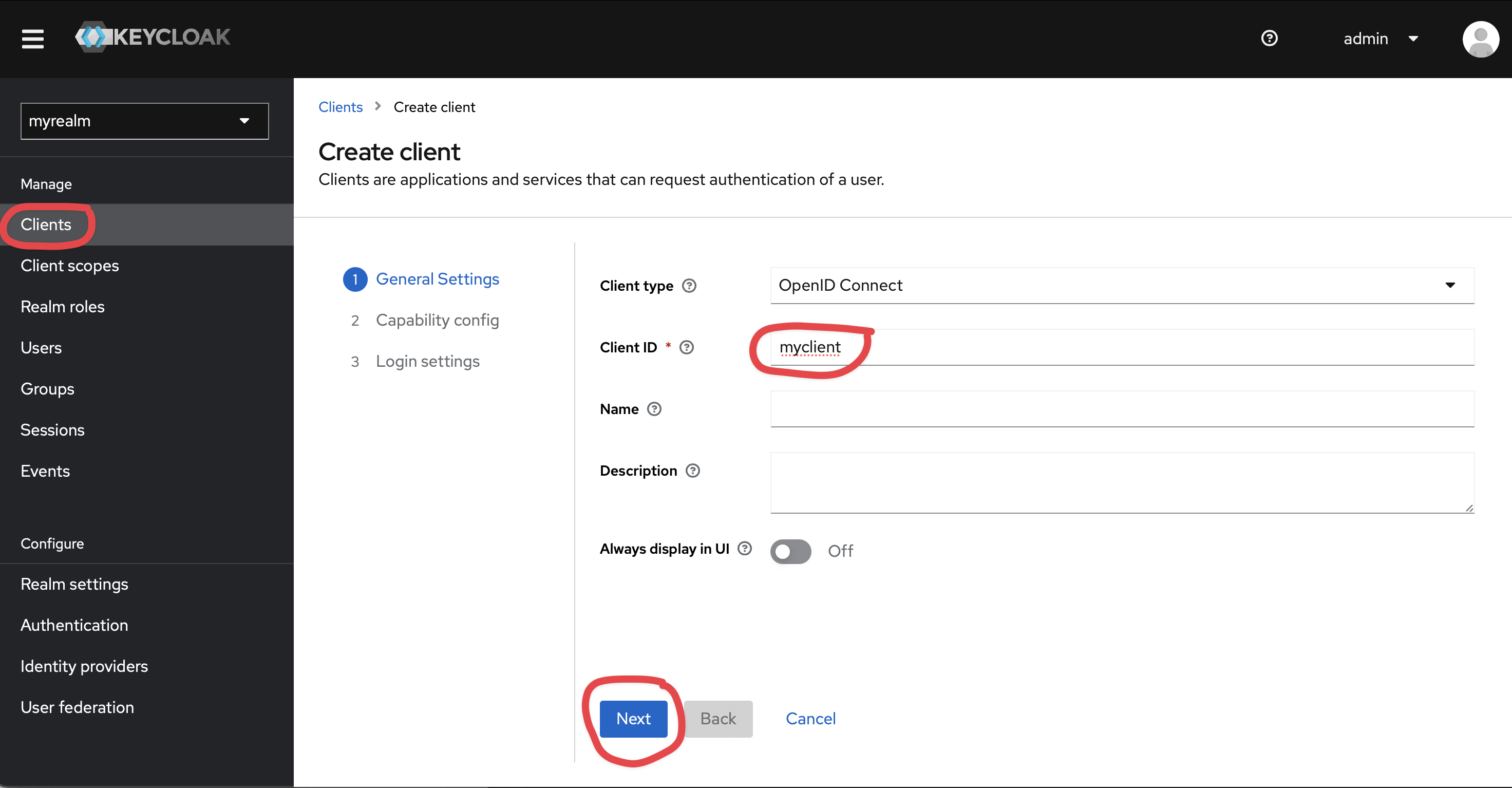
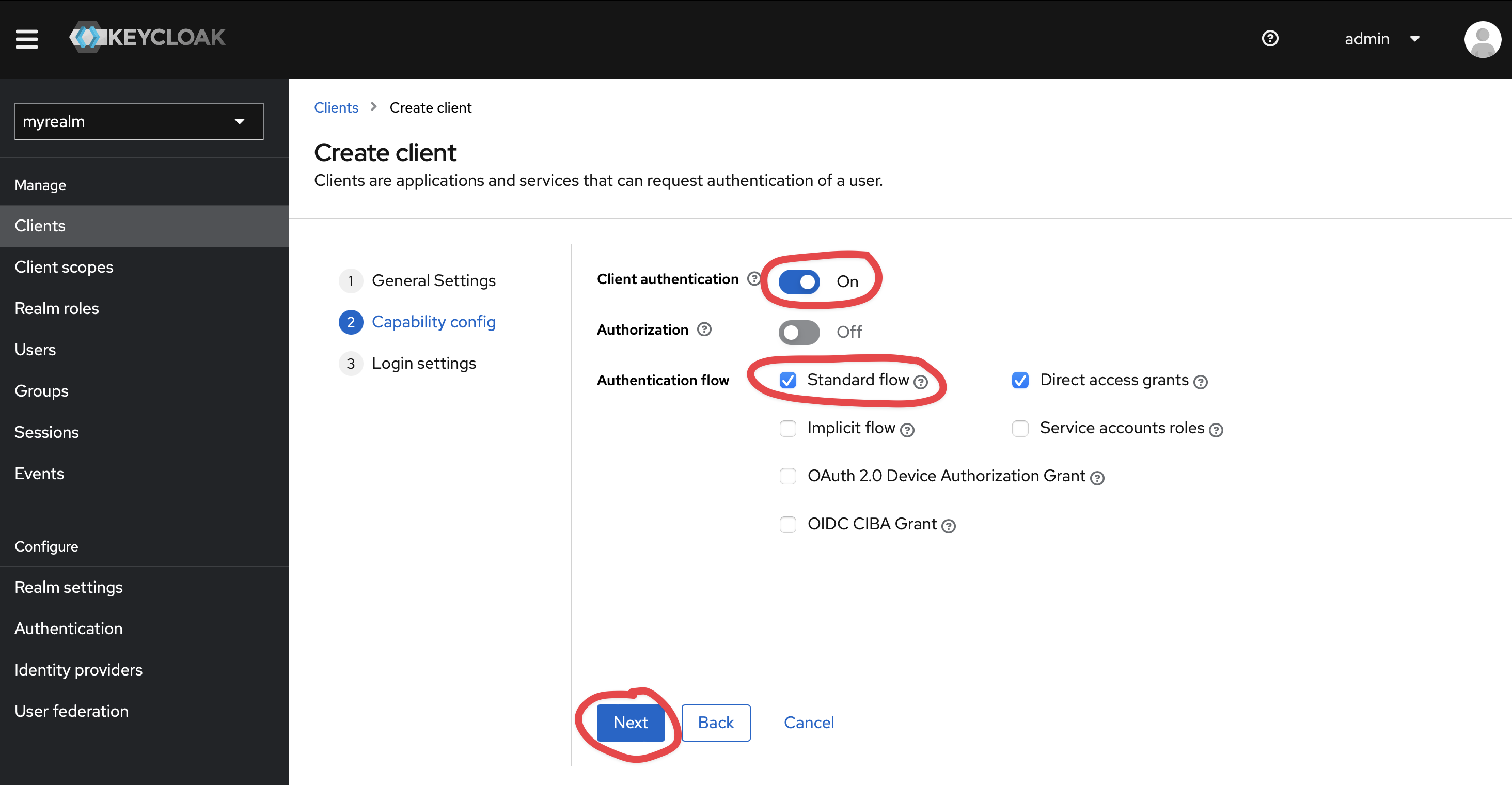
Set https://{{ yourKestraInstanceURL }}/oauth/callback/keycloak as the valid redirect URI and https://{{ yourKestraInstanceURL }}/logout as the valid post-logout redirect URI.
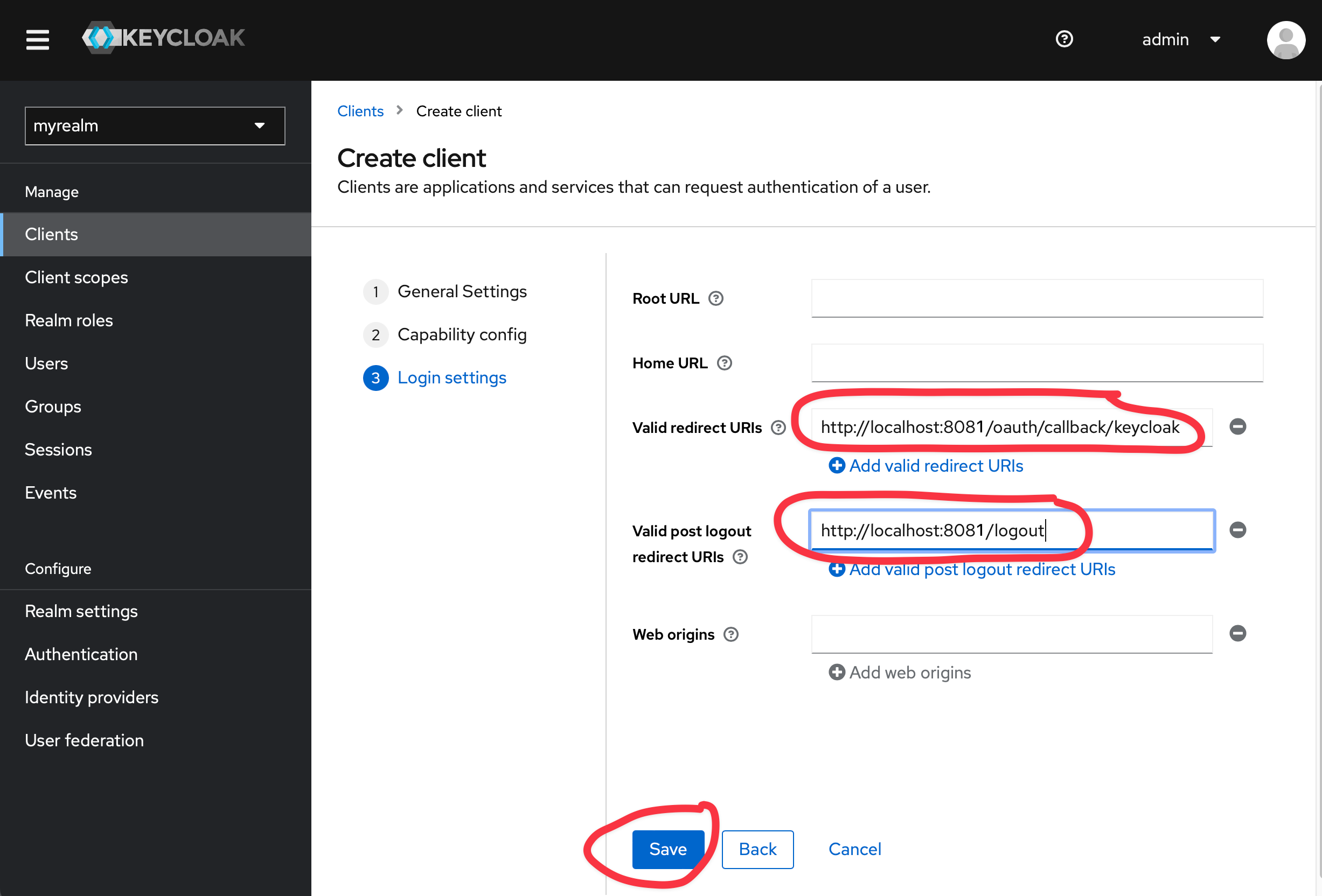
Kestra Configuration
micronaut:
security:
oauth2:
enabled: true
clients:
keycloak:
client-id: "{{clientId}}"
client-secret: "{{clientSecret}}"
openid:
issuer: "https://{{keyCloakServer}}/realms/{{yourRealm}}"
endpoints:
logout:
get-allowed: true
You can retrieve the clientId and clientSecret via Keycloak user interface
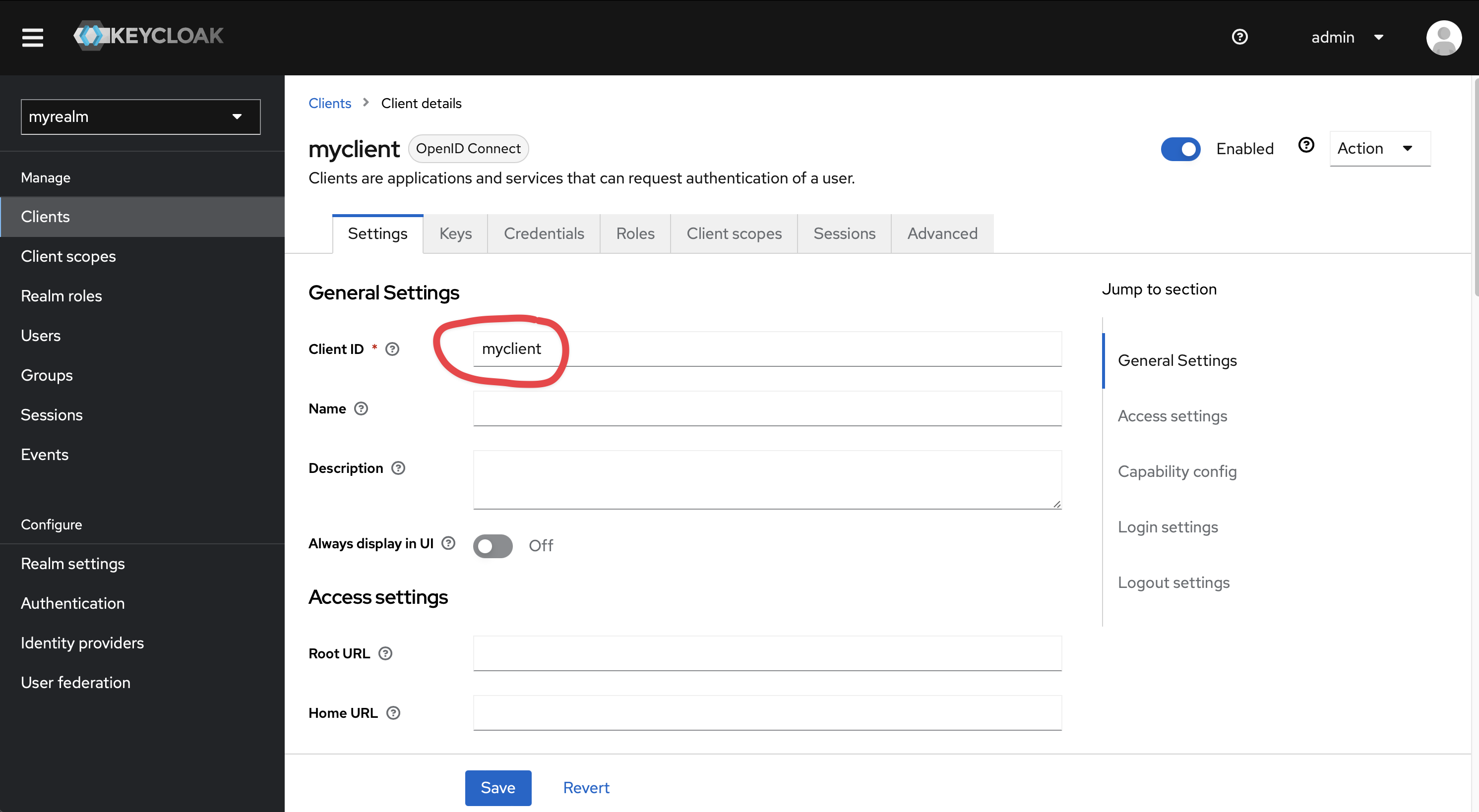
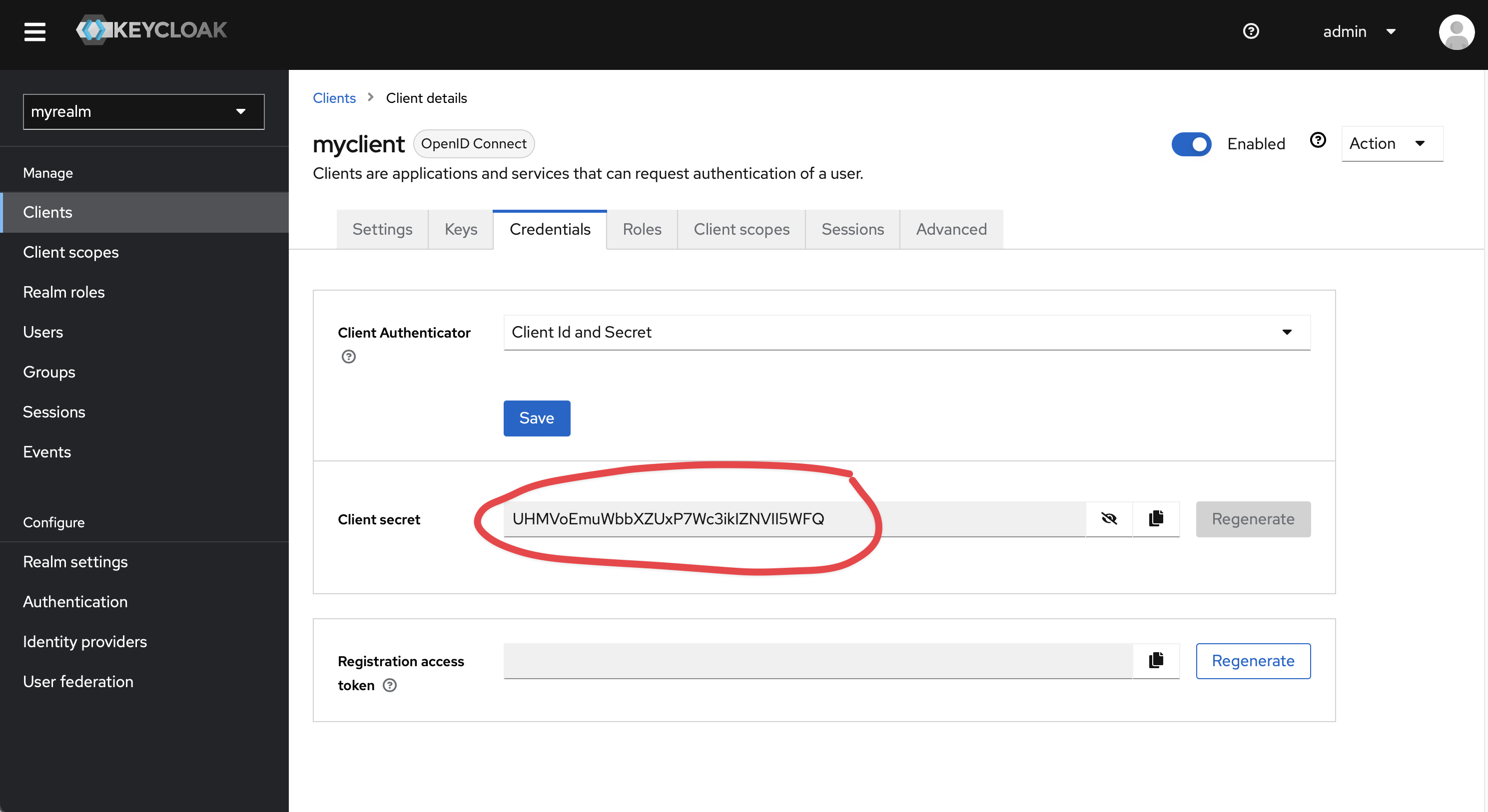
Don't forget to set a default role in your Kestra configuration to streamline the process of onboarding new users.
kestra:
security:
defaultRole:
name: Editor
description: Default Editor role
permissions:
FLOW: ["CREATE", "READ", "UPDATE", "DELETE"]
EXECUTION:
- CREATE
- READ
- UPDATE
- DELETE
Note: depending on the Keycloak configuration, you might want to tune the issuer URL.
For more configuration details, refer to the Keycloak OIDC configuration guide.
Manage Groups via OIDC Claims
If you are unable to use SCIM with Keycloak, you can configure Kestra to source user roles and groups from OIDC claims. In this setup, your OIDC provider (e.g., Keycloak) acts as the single source of truth for user membership and roles. This method requires exposing roles via a claim in the ID Token.
To get started, you must first have a kestra realm and kestra client configured in Keycloak. Once complete, you must add the roles claim to the ID Token; Kestra uses the ID Token so this must be enabled. To do this in Keycloak, follow these steps:
- Select Client Scopes
- Click on the roles scope
- Select Mappers
- Click on client roles
- Enable Add to ID Token
In case the interface changes to Keycloak, refer to their documentation for managing resources and scopes.
Configure Kestra
After adding or updating your roles, configure Kestra to fetch the roles scope like in following Micronaut configuration; make note of the added scopes parameter where the information must be added:
micronaut:
security:
oauth2:
enabled: true
clients:
keycloak:
client-id: "kestra"
client-secret: "my-secret"
openid:
issuer: "http://localhost:8088/realms/kestra"
scopes: ["openid", "profile", "email", "roles"] # Add this to enable role mapping
endpoints:
logout:
get-allowed: true
With this configured, you then need to update the kestra property in your configuration file to synchronize groups from this claim with the groups-claim-path:
kestra:
security:
oidc:
groups-claim-path: "resource_access.kestra.roles"
Once the synchronization connection is made, you can use OAuth claims to source user roles with Keycloak as the single source of truth.
Was this page helpful?